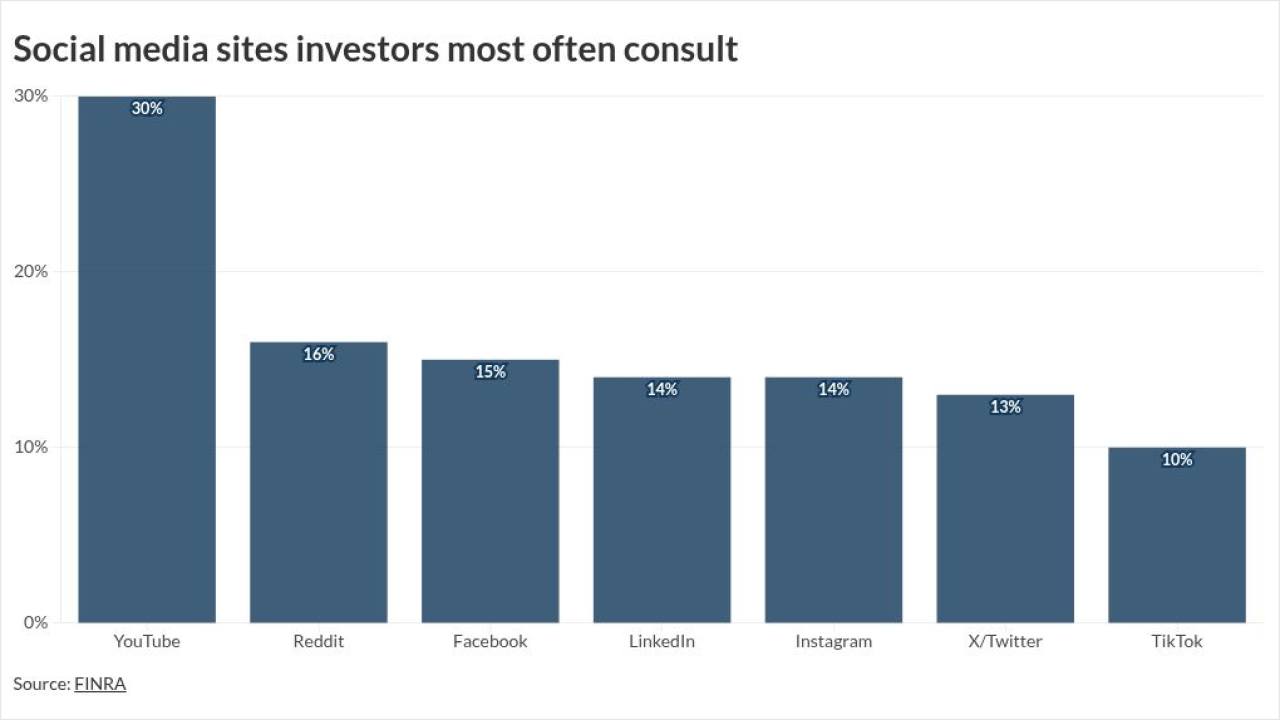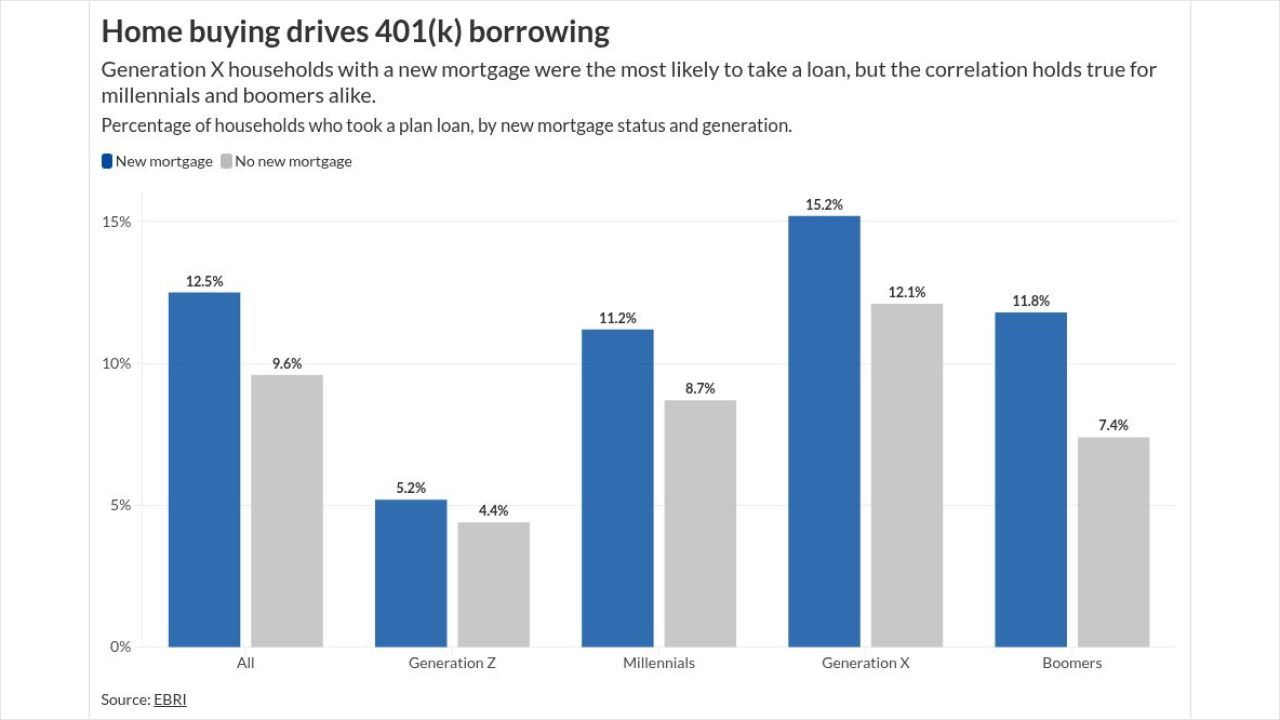The number of financial advisors dropped by the largest independent broker-dealers has not exceeded the number gained in any of the past five years, in a signal that forecasts of shrinking head counts have not come to fruition. Advisors would still be wise to prepare for the belt-tightening, though.
The contraction theory has gained acceptance in the industry, as
But that premonition has yet to be fully borne out by the data. Firms’ actual figures present a picture that’s far more complex.
Overall, the number of registered representatives at large IBDs submitting data to Financial Planning's
The number of offices of supervisory jurisdiction has also fallen to a five-year low at under 6,200 OSJs, and firms’ total registered offices have tumbled by 41% to 33,000 since 2013. A smaller crop of IBD firms submitted data compared to five years ago, yet the top 50 firms’ revenue has expanded by 19% to $25.7 billion.
-
Robert Moore’s view sets him apart from other executives who argue that new talent will replace low producers.
February 7 -
A new industry snapshot highlights record firm count and AUM, while continuing steep client growth fueled in considerable part by the rise of robos.
August 2 -
CEO Jim Cracchiolo says the firm’s headcount is poised for growth again following a stagnant year.
January 25 -
The CEO of the firm’s parent says it expects to trim hundreds more advisors from its ranks over coming months.
February 20
Thirteen of the top 25 companies generated double-digit growth in 2017 as rivals close in on the perennial No. 1 firm.
In 2017 alone, IBD firms that disclosed their full head count metrics in the survey dropped 8,500 existing reps, marking the deepest attrition in five years. But at the same time, they hired 11,300 new reps, also a five-year high. The ranks of
The key questions concern where and how the advisor workforce may shrink in the future. M&A deals, which are getting bigger, do point to lower head counts moving forward, one veteran deal-maker says.
“When someone goes to buy a firm, they are looking at the potential synergies of the firms and where there may be cost savings. You’re naturally going to have redundancies in your HR team, your marketing team, your financial team, perhaps even operations,” says Carolyn Armitage, managing director of investment bank and consulting firm Echelon Partners. “I think that’s a natural conclusion to come to.”
Platform providers, she adds, are also making advisors less dependent on IBDs for infrastructure and technology in creating their own RIAs.
The
An unknown portion of those RIAs include hybrid practices affiliated with IBDs, adding further complexity to a somewhat paradoxical equation. Take Tiburon Strategic Advisors’ calculations as an example.

The number of advisors in all channels has decreased by 11% to around 301,000 from a high of nearly 340,000 in 2005, according to the research firm, which predicts the head count to tick down by another 1% to 299,000 by 2022. At the same time though, Tiburon predicts client assets will jump 48% to $30.8 trillion.
Both Tiburon and Aite Group, another research and consulting firm, have tracked the largest losses of advisors in the wirehouse channel. Wirehouses have trimmed their ranks by 8,100 advisors to 54,400 in the past decade, Aite Group says.
The two segments of the industry that include IBDs have gone in opposite directions over the same span.
The number of self-clearing regional and independent BD advisors, for instance, has increased by roughly 10,250 to 60,950, while at the same time, the amount of advisors at RIAs and IBDs has slipped by 3,900 to 205,000, says Aite Group, which found an increase of 1,200 advisors to 335,000 across all channels in the past 10 years.
The research firm forecasts the overall figure “to remain relatively flat over the next five years based on the aging of the advisor force, and the efficiency with which advisors manage larger books of business due to technology advances,” senior research analyst Greg O’Gara wrote in an email.
“Although many large firms are doubling down on efforts to recruit and develop younger financial advisors,” he continued, “the movement toward digital advisory services will allow financial advisors to serve more clients.”
Meanwhile, technology like automated investing has streamlined the advisory business, often allowing advisors who acquire other practices to take on new books of business without adding more advisors, recruiter Louis Diamond of Diamond Consultants says.
Regulators’
“Advisors are retiring at a record pace, and we know with data and anecdotally that not enough young people are replacing them,” says Diamond, who notes new production minimums in place at many broker-dealers.
“The broker-dealers have to figure out new ways to make money because they’re not making as much money on products,” he continues. “One way is to squeeze out the more risky and less productive advisors, which reduces head count.”

Several IBDs with publicly-traded parent firms have started cutting down on their head counts in bids to boost their overall productivity, including
Ameriprise, whose IBD
Five of the top 10 IBDs in the number of dropped reps last year, though, are insurance company-owned IBDs. Voya Financial Advisors (297), John Hancock’s Signator Investors (353), Principal Securities (441), Northwestern Mutual (444) and MML Investors Services (2,119) let some 3,600 combined reps go.
MML presents an interesting case study since its parent firm, MassMutual,
The reason for the majority of the dropped reps was “attrition following the acquisition and integration of the MetLife Premier Client Group,” spokesman Mike McNamara said in an email. “We continue to focus on recruiting and retaining advisors to best serve the interests and needs of our policy-owners and customers.”
Principal shed more advisors than any firm in 2016, with 462. In an email, spokeswoman Lonnetta Ragland attributed the large number of dropped advisors to the normal recruiting moves and terminations at a large firm and an effort to cull lower producers from the 1,700-advisor firm’s ranks.
“It is a combination,” Ragland said. “In addition, we had a group of advisors that didn’t align with our business model so they left in 2016. Our focus is very much on productive advisors, so there has been some trimming of those that are not meeting some minimum level of production.”
Asked about the reductions at Voya, spokeswoman Laura Maulucci said in an email that the firm “is focused on recruiting advisors that utilize holistic financial planning as a base practice, or have an interest in moving in this direction, as we have the tools and resources available to support them.”
Representatives for Signator, whose parent has agreed to
“The broker-dealers have to figure out new ways to make money because they’re not making as much money on products,” recruiter Louis Diamond says. “One way is to squeeze out the more risky and less productive advisors, which reduces head count.”
Other members of the top 10 for reps dropped in 2017 included Cambridge Investment Research (309) and two Cetera IBDs — Cetera Advisor Networks (403) and Cetera Financial Institutions (572). Six out of the group were in the top 10 for the previous year, as well.
Cindy Schaus, a spokeswoman for Cambridge, noted that the number of producing reps at the firm has increased by 13% to 3,175 in the past two years while the firm’s client assets increased by almost 36% to $94.2 billion. The firm has also retained nearly all of its gross dealer concessions, she wrote in an email.
“We have long believed in the importance of independence, including independent advisors making decisions for their business,” Schaus says. “And this means some do leave related to succession and acquisition plans or because they have decided to exit the industry, but 94% to 96% of the GDC has remained with Cambridge.”
Chris Clemens, a spokesman for Cetera, also pointed to the firm’s retention when asked about the high number of dropped reps.
“Notwithstanding specific advisor head count changes at particular firms within our network over any limited segment of time, our broader advisor retention rates are among the highest in the industry,” Clemens said in an email.
Regardless of the complexity involved with tracking head count trends, the potential contraction remains a hot topic in the industry. Armitage, who worked for HD Vest, the ING Advisors Network and LPL before coming to Echelon, discusses it frequently with friends at those firms and others, she says.
“In connecting with them, I know it is troubling for them when they think about the consolidation going on,” Armitage says. “Generally, they’re asked to do more with less.”
Diamond, the recruiter, sounds an optimistic note. The coming head count losses will help the industry shed its less competitive advisors, while those who have a keen grasp of technology and offer full planning services will advance, he says.
“For some that haven’t really adopted the financial planning, fee-based mindset, maybe they’re a little worried,” Diamond says, noting the prospects for forward-looking advisors. “I think there’s even more opportunity now for them than in the past. Those firms are going to be able to stand out from the pack.”






